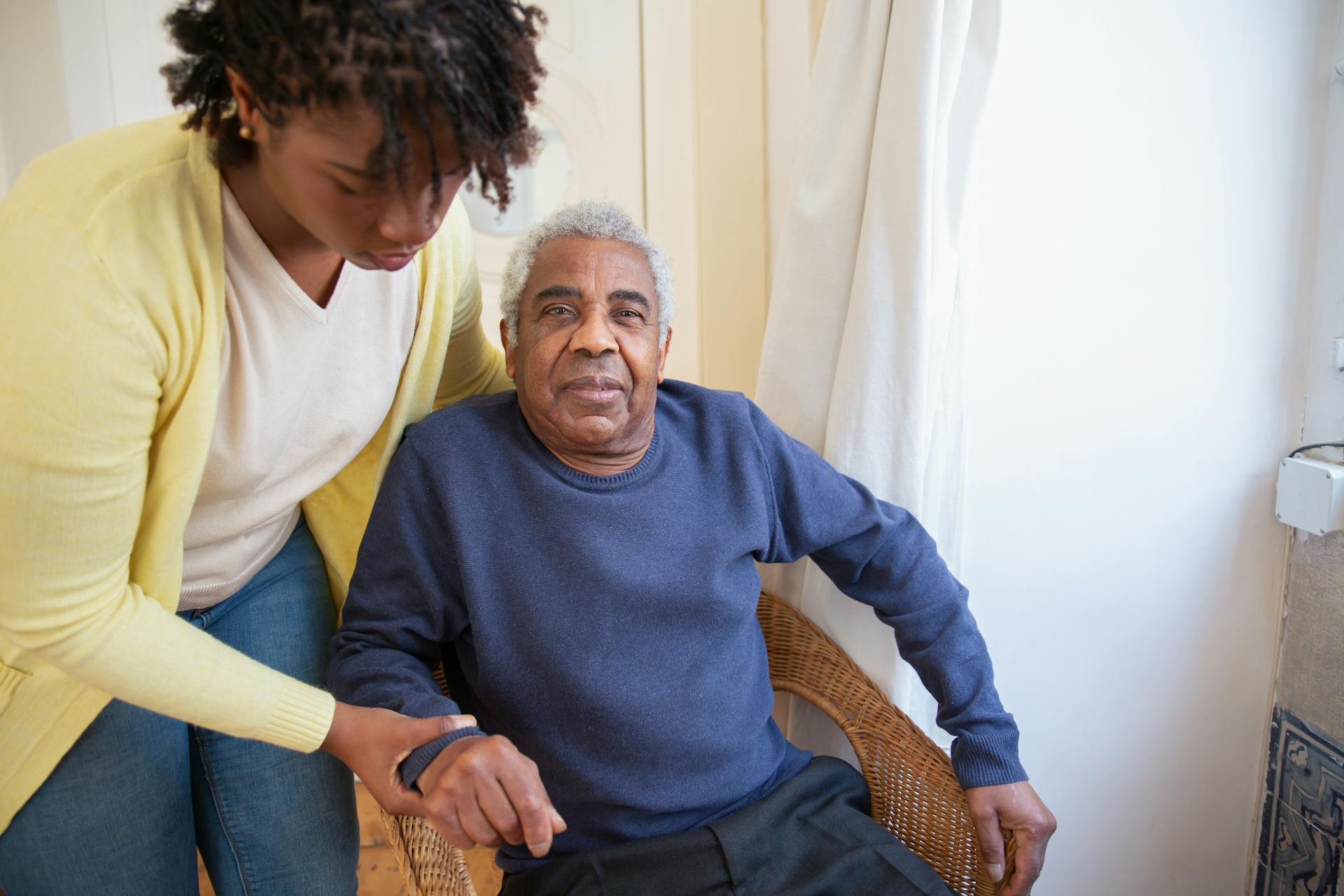
Copay assistance programs are designed to help patients afford their prescriptions by reducing or eliminating copays. These programs can be offered by pharmaceutical companies, patient advocacy groups, or non-profit organizations.
Some copay assistance programs are open to anyone who meets certain eligibility criteria, while others are only available to patients who have been prescribed a specific medication. For example, the patient advocacy group, Patient Access Network (PAN), offers copay assistance programs for patients with chronic illnesses such as rheumatoid arthritis and multiple sclerosis.
Patients can often apply for copay assistance programs online or by phone, and may need to provide proof of income, insurance status, and medical history to qualify.
Types of Copay Assistance Programs
There are several types of copay assistance programs available to help individuals with medical expenses. Many pharmaceutical companies offer their own copay assistance programs, such as AstraZeneca's AZ&Me program and Merck's MerckHelps program, which provide financial assistance to patients who are unable to afford their medications.
These programs can be a huge relief for patients who are struggling to pay for their medications. Some programs, like the DUPIXENT MyWay program, are specifically designed to help patients access biologic treatments for conditions such as asthma and eczema. Other programs, like the Teva Cares Foundation, provide patient assistance programs to improve patient access to medication at no cost to patients in the United States who meet certain insurance and income criteria.
Some copay assistance programs are available to patients with commercial insurance, while others are available to patients who are uninsured or underinsured. For example, the TEZSPIRE Together Co-pay Program can help eligible patients with their out-of-pocket costs for both TEZSPIRE and in-office administration costs (for pre-filled syringe only).
Here are some examples of copay assistance programs that are available to patients:
- AstraZeneca's AZ&Me program
- Merck's MerckHelps program
- Teva Cares Foundation
- DUPIXENT MyWay program
- TEZSPIRE Together Co-pay Program
These programs can provide significant financial assistance to patients who are struggling to pay for their medications. It's worth noting that some programs may have eligibility requirements or limitations, so patients should check the program's website or contact the program directly to learn more.
Application and Eligibility
To be eligible for a copay assistance program, you'll need to meet certain requirements. You must reside and receive treatment in the United States.
You'll also need to have a confirmed diagnosis and treatment plan. This is a crucial step in the application process. The program requires that you are currently insured and have coverage for medication.
Income guidelines are another important factor. Your annual household income must fall at or below 400% or 500% of the Federal Poverty Guideline (FPG) with consideration for the Cost of Living Index (COLI) and number in the household.
Applications can be completed online or by contacting CPR toll-free at 866-512-3861 to be connected to a CPR Specialist.
Here are the required documents to complete an application:
* Annual Household Income:
+ Do you file a Tax Return for the most current year?
+ Has your Annual Income changed significantly from last year?
* Authorized Person:
+ Is anyone else authorized to speak with CPR on the Patient’s behalf?
+ If yes, the following fields are required: First Name, Last Name, Relationship, Special Authorization, Phone Number
* Insurance Information:
+ Primary Insurance Carrier Insurance & Plan Type Policy ID & Group Number Telephone Number
+ Subscriber’s Name and Date of Birth
+ Co-Pay or Coinsurance for medical services
+ Co-Pay or Coinsurance for pharmacy benefits
+ Do you have Medicare Part D?
+ Does the patient have a Medicare Supplement? Do you have Secondary Insurance?
+ Is Insurance coverage continuation under COBRA in effect?
+ Does this plan cover prescription drugs at the pharmacy and provider office?
* Treating Physician Information:
+ Physician Name Facility Name Physical Address
+ Phone and Fax Number
+ Office Contact Name and Email Address, if known
* Confirmation of treatment plan and insurance coverage.
Applications and supporting documents may be faxed, but be sure to use the unique bar-coded fax coversheet provided by CPR.
A unique perspective: Pharmacy Charging More than Copay
Program Details
Several companies offer patient assistance programs to help with medication costs. AstraZeneca, for instance, caps inhaler prices at $35 for commercially insured or uninsured individuals.
The AZ&Me program provides co-pay savings and patient assistance for AstraZeneca medicines. You can learn about program eligibility and other resources on the AstraZeneca US Patient Support website.
Boehringer Ingelheim also caps inhaler prices at $35 for commercially insured or uninsured individuals, including Atrovent HFA, Combivent Respimat, and Spiriva Respimat 1.25 mcg. For more information and support, visit inhaleroffer.com.
Some programs, like the Patient Advocate Foundation's Co-Pay Relief Program, offer direct financial support to insured patients who qualify. They provide personal service to guide patients through the enrollment process.
The Advancing Access co-pay program helps eligible patients with commercial or private insurance save on co-pays for certain medications, such as SUNLENCA (lenacapavir). However, patients with state or federally funded prescription drug programs are not eligible.
Here's a list of some patient assistance programs mentioned in the article:
- AstraZeneca's AZ&Me program
- Boehringer Ingelheim's inhaler price cap
- Patient Advocate Foundation's Co-Pay Relief Program
- Advancing Access co-pay program
- DUPIXENT MyWay Program
- MerckHelps Patient Assistance Program
- Organon's Patient Assistance Program
- XOLAIR Co-Pay Program
- Teva Cares Foundation
- TEZSPIRE Together Co-Pay Program
Specific Programs
There are several specific programs that can help with copay assistance. The AZ&Me program, offered by AstraZeneca, may be able to help if you've been prescribed an AstraZeneca medicine and are unable to afford it. Learn about program eligibility.
The DUPIXENT MyWay program is a patient support program designed to help people access DUPIXENT, a biologic treatment for asthma, eczema, and other allergic conditions. Learn about program eligibility.
The Teva Cares Foundation provides patient assistance programs to improve patient access to medication at no cost to patients in the United States who meet certain insurance and income criteria. Learn about program eligibility.
The Patient Advocate Foundation's Co-Pay Relief Program (CPR) provides direct financial support to insured patients, including Medicare Part D beneficiaries, who must financially and medically qualify to access pharmaceutical co-payment assistance.
If you're eligible, the Advancing Access co-pay program may help you save on co-pays for certain medications, including SUNLENCA. Patients with commercial or private insurance are eligible, but patients with state or federally funded prescription drug programs, such as Medicare, are not.
Broaden your view: Insurance Claim Assistance
Here are some specific programs that can help with copay assistance:
The Patient Access Network Foundation (PAN) offers financial help for out-of-pocket medicine costs, including copays, health insurance premiums, and transportation costs associated with medical care. Learn about program eligibility.
Program Status and Funding
The Advancing Access co-pay program is only available to patients with commercial or private insurance, so if you're covered by a state or federally funded prescription drug program, you're not eligible.
Patients with commercial or private insurance may be able to save on co-pays through the co-pay program, which can help with out-of-pocket costs for eligible medications.
To be eligible for the co-pay program, you'll need to have a valid prescription and commercial or private insurance.
The co-pay program benefits are subject to change at any time, so it's essential to review the program's terms and conditions before participating.
If you're looking for co-pay program support for Gilead's COVID-19 medication, you can call Advancing Access at 1-800-226-2056.
Here are the eligibility requirements for the Advancing Access co-pay program:
- Commercial or private insurance
- Valid prescription
Note that patients with a state or federally funded prescription drug program, such as Medicare, Medicare Part D, Medicaid, Federal Employees Health Benefits Program, or VA/TRICARE, are not eligible for the program.
For more insights, see: Medicare Co Payment
Frequently Asked Questions
What if I don't have money for copay?
If you can't pay your copayment immediately, your healthcare provider may still provide treatment or medication and bill you later. Check with your provider for their specific policy on handling copayments.
How long does copay assistance last?
Copay assistance typically lasts up to one year, with the possibility of renewal. Some programs may extend beyond one year.
Does Medicare allow copay assistance?
Medicare offers the Low-Income Subsidy (LIS) program, which helps eligible individuals with limited income and assets pay for prescription medication copays, among other costs. This program can significantly reduce or eliminate copay expenses for those who qualify.
What is the copay assistance program?
A copay assistance program is a financial aid program funded by pharmaceutical companies to help reduce out-of-pocket costs for patients with commercial insurance. It's designed to make prescription medications more affordable for those who need them.
What is the copay adjustment program?
A copay adjustment program is a type of program that restricts the use of manufacturer assistance coupons towards a patient's annual out-of-pocket maximums. Also known as copay accumulators or maximizers, these programs can affect how patients pay for their medications.
Featured Images: pexels.com


